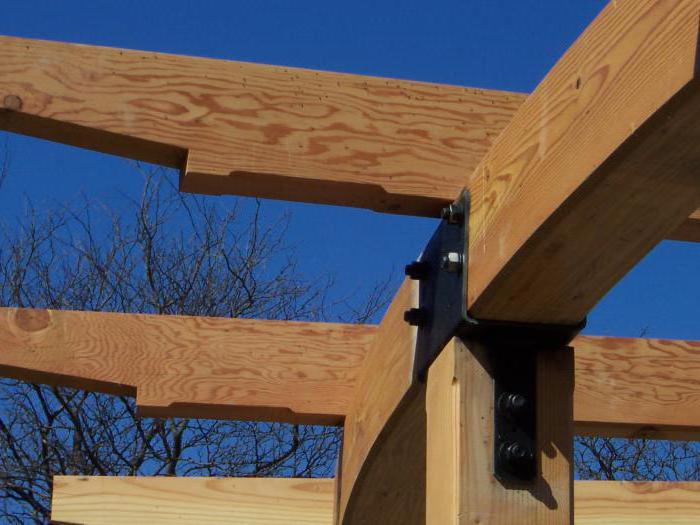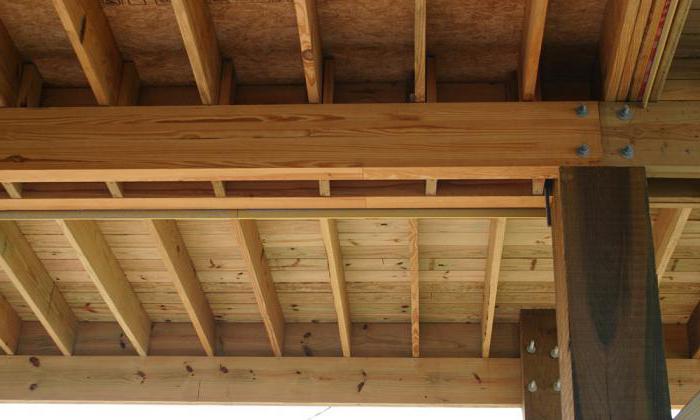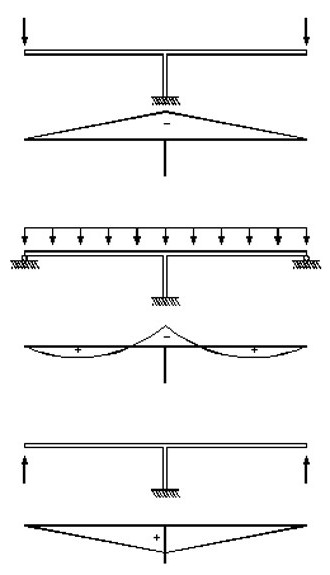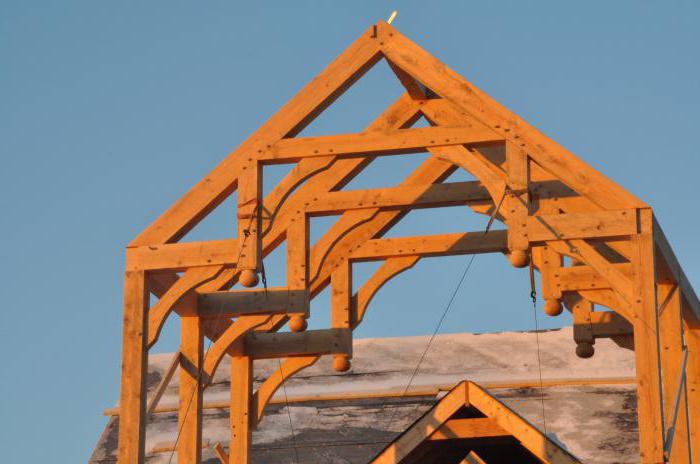Supports of beams: types, mounting method
Building a house is a serious decision and pricelessexperience in the life of any person. Before starting work it is necessary to think over everything to the smallest detail: what material to use for the erection of walls; what form of roof to choose; than to insulate.
It also happens that after the stage of "forcing out" the wallsThe work stops at the installation of the roof truss system. The whole reason is that not everyone knows, and they do not want to delve into the subtleties of erecting the roof. When the developer starts talking about buying obscure "pillar supports", and all material is available, the customer begins to think that they are trying to deceive him.
Missing item
When installing a wooden structure, specialistsuse supports for beams of metal profile. This element is necessary for the secure fastening of wooden rafters, taking into account shrinkage of the material in the future.
The supports of the beams are open, closed, one-sided and pillar supports for horizontal fixation.

Such fasteners are manufactured in factories, thatgreatly simplifies their use, since holes are provided on the entire surface for screws, nails and anchors of different diameters. This is due to the fact that the beams can be attached to different surfaces: wood, metal, concrete. Accordingly, the size of the screws, nails, etc. will also have a different diameter.
For greater resistance to corrosion, the hot dip galvanizing method is used. Aluminum and lead are added to the zinc alloy, which significantly improves the physical data and the service life of the metal.
Internal and external
Anchorages for beams are divided into internal and external. They differ in the shape and size of the side walls - the so-called "ears" or "petals." It is for this part that they are distinguished.
At external support "ears" are turned out in such a way,that during mounting the parts of the fastening are visible to the naked eye, and the fastening itself grips the end of the beam. Such fasteners can often be seen on buildings with extensions, where the wooden roof frame, as a rule, projects outwards.

One of the types of external supports areone-sided fastenings. They are divided into right-sided and left-handed. They are used for vertical mounting of beams to walls of different materials.
Internal internal beam supports are folded inwards"Petals". In appearance they are similar to a half-cut metal box in the holes. Such fastening is fixed before the installation of the beam, and the diameter of the beam must correspond to the width of the support.
Most often they are used for fixing load-bearing beams, which increases the safety of the system. They are attached to the beam from the inside and outside, increasing resistance to heavy loads.
Internal fixings have severalvarieties. One of them is an "invisible" system, fixed with the help of a hook mounted inside the beam and fixed with special bolts. Such an interesting option is excellent for rooms with open ceilings.
Movable and immovable
Specialists are obliged to take into account all possiblefactors of impact on wooden floors when installing a roofing system. The main factors affecting the service life of materials are temperature changes, as well as air humidity.
To avoid various surprises when installingskeleton, installers use the moving supports of beams to fix the beam to the load-bearing rafter. Looks like a fastener like a metal oblong plate with a loop in the form of a hook in the middle. The edges of the plate have a number of holes of different diameters for nails, screws or anchors.
The moving design allows the tree to shrink when shrinking, without affecting the entire system: on the roof, with possible curvatures, there are no mounds, cracks or holes.
How to determine the reaction of the beam supports?
Cunning science - mechanics - studies the movement of material bodies and their interaction. In such calculations, the values influencing the load-carrying capacity and the strength of the beam are involved.

With their help, you can calculate how much weight can withstand a bearing overlap and how many fastenings you need to use to fix the bar.
In the new architecture, the most optimal is the use of beams on two supports. This design is easiest to calculate, taking into account the material features, and also calculating the unsafe cross section.
The construction uses steel, concreteor wooden beams. The beam on two supports usually "appears" in the construction of bridges and skeletons of high-rise buildings. It can be either I-beams, or channel bars, hollow tubes and "corners."








